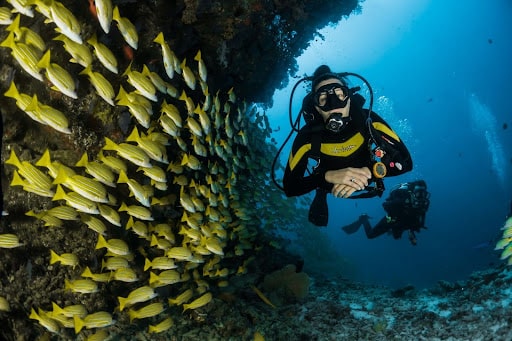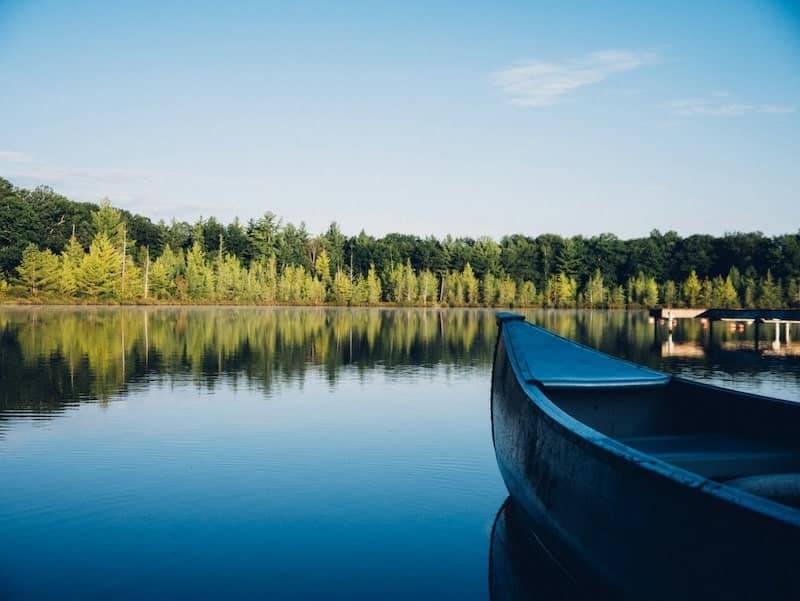Shedding Light on the Wonders of Bioluminescence in Toyon Bay
December 20
0 min Read

Sometimes called the Aurora Borealis of California, bioluminescence within the Golden State’s rolling waves is a display of colorful light brought on by unique biological circumstances. It’s an incredible sight to behold! The good news is that it’s not a rare occurrence, so if you’re eager to check it out, it should be easy to find. But what is bioluminescence, and how can you track down this flashy light show? Here, we’ll shed light on all your bioluminescence questions.
What Causes Bioluminescence?
Bioluminescence is the production of light by living organisms, often created by a chemical reaction. The chemical reaction that causes this glittering display requires two unique chemicals: luciferin and either luciferase or photoprotein. Bioluminescent dinoflagellates (aka the tiny, sparkling plankton that causes the ocean to glitter) produce light using a luciferin-luciferase reaction. This means luciferase interacts with oxidized luciferin, creating a byproduct called oxyluciferin. Oxyluciferin is what creates the plankton’s light. And to get really science-y about it, some bioluminescent animals produce different colored light due to their arrangement of luciferin molecules.
While some bioluminescent animals emit a constant glow, most flash their light. Bioluminescent dinoflagellates glow when they’re agitated or disturbed. That’s why you’ll see rolling waves lighting up or, as you step on the sand, see your footsteps briefly illuminated.

Spotting Bioluminescence in California
California is one of the most common places in the U.S. to spot bioluminescence. If you’re hoping to catch a glance at this natural phenomenon, you’ll most likely spot it in spring leading into summer, especially during years with a combination of good rains and warm weather. Unfortunately, the challenge is knowing when and where to find one. Monitoring social media is an easy way to stay attuned to any bioluminescent activity. You can also check California aquariums, which will post updates on their websites.
If the conditions are right, you’re more likely to find bioluminescent dinoflagellate ecosystems forming in warm-water lagoons or bays with narrow openings to the sea. They’re usually found in bays because the narrow passage helps keep them pooled in the same location. Our pro tip: check out this light show in Toyon Bay!
Exploring Bioluminescence at Catalina Sea Camp
Off the coast of Catalina Island is a great place to experience this dazzling plankton display. If your child joins us for a three-week session at Catalina Sea Camp, they can see it and swim amongst these tiny glowing creatures via our night diver or night snorkeling course. Experiencing this dynamic nocturnal world can be life-changing for campers and even earn them a night diver certification (prior diving experience required).
Unlock the world of bioluminescence for your child check out Catalina Sea Camp’s dates and rates for next summer, and register them for the best summer ever!



